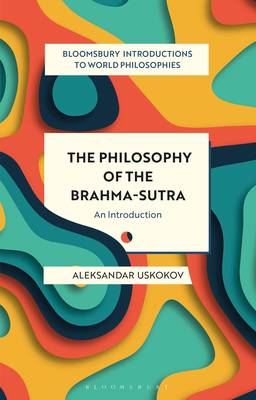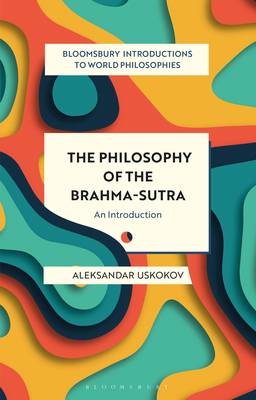
- Afhalen na 1 uur in een winkel met voorraad
- Gratis thuislevering in België vanaf € 30
- Ruim aanbod met 7 miljoen producten
- Afhalen na 1 uur in een winkel met voorraad
- Gratis thuislevering in België vanaf € 30
- Ruim aanbod met 7 miljoen producten
Omschrijving
The Brahma-sutra, attributed to Badaraya (ca. 400 CE), is the canonical book of Vedanta, the philosophical tradition which became the doctrinal backbone of modern Hinduism. As an explanation of the Upanishads, it is principally concerned with the ideas of Brahman, the great ground of Being, and of the highest good. The Philosophy of the Brahma-sutra is the first introduction to concentrate on the text and its ideas, rather than its reception and interpretation in the different schools of Vedanta. Covering the epistemology, ontology, theory of causality and psychology of the Brahma-sutra, and its characteristic theodicy, it also:
- Provides a comprehensive account of its doctrine of meditation- Elaborates on its nature and attainment, while carefully considering the wider religious context of Ancient India in which the work is situated
- Draws the contours of Brahma-sutra's intellectual biography and reception history. By contextualizing the Brahma-sutra's teachings against the background of its main collocutors, it elucidates how the work gave rise to widely divergent ontologies and notions of practice. For both the undergraduate student and the specialist this is an illuminating and necessary introduction to one of Indian philosophy's most important works.
Specificaties
Betrokkenen
- Auteur(s):
- Uitgeverij:
Inhoud
- Aantal bladzijden:
- 240
- Taal:
- Engels
- Reeks:
Eigenschappen
- Productcode (EAN):
- 9781350150010
- Verschijningsdatum:
- 20/10/2022
- Uitvoering:
- Hardcover
- Formaat:
- Genaaid
- Afmetingen:
- 140 mm x 216 mm
- Gewicht:
- 421 g

Alleen bij Standaard Boekhandel
Beoordelingen
We publiceren alleen reviews die voldoen aan de voorwaarden voor reviews. Bekijk onze voorwaarden voor reviews.








